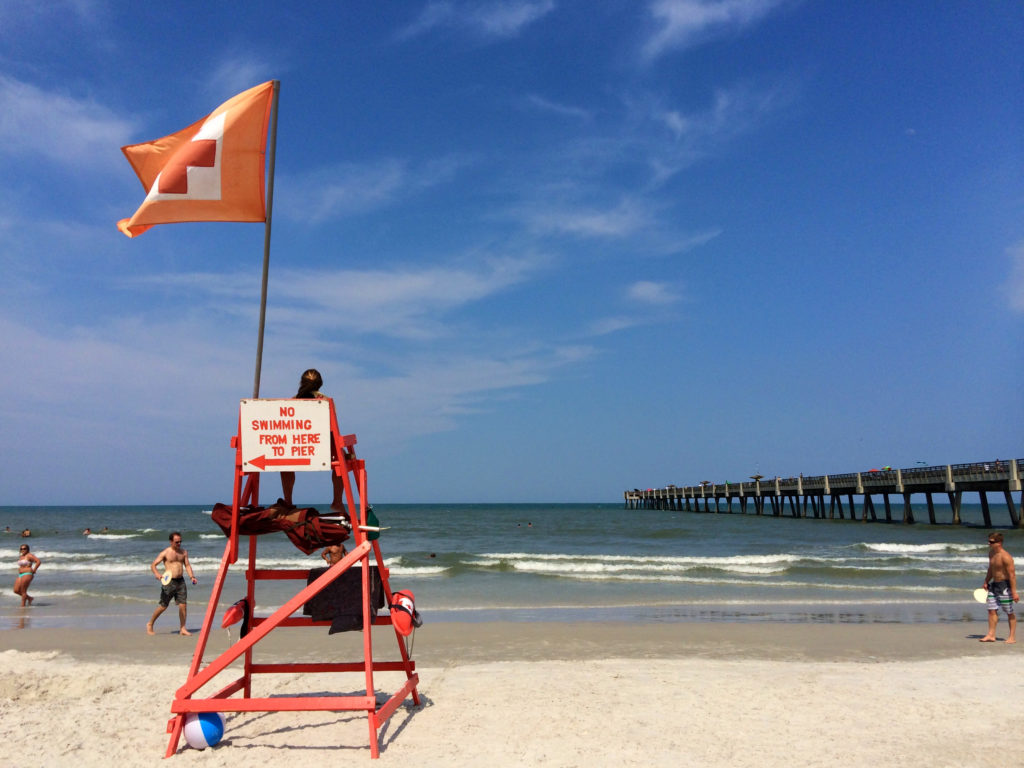On October 17, marijuana turns legal in Canada. With the date fast approaching, the Canadian cannabis industry is gearing up to exit the black market and make some legal green. As hiring plans have evolved, growing media buzz surrounding the sector has also caught the attention of Canadian job seekers.
Indeed search data provides a direct measure of job seeker interest in the budding cannabis industry. And while the sector is too small for official job vacancy statistics to track it with much precision, the granular detail of Indeed’s job posting data can pinpoint exactly what positions cannabis companies are looking to fill and how employer demand varies across regions.
Job seeker interest has spiked around major headlines
As of mid-July, cannabis-related searches on Indeed in Canada were four times higher than at the same point last year. In July 2017, searches for terms like cannabis, marijuana, and dispensary accounted for just six of every 10,000 Canadian searches on Indeed. This summer, their share is now up to 26 per 10,000.

Most of the rise in searches was driven by one word: cannabis. Last summer, about as many Canadian job seekers on Indeed looked up the word marijuana as cannabis. A year later, cannabis has left marijuana in the dust, outnumbering it in searches more than five to one.
The overall increase in job seeker interest has been a slow burn at some points and blazing at others. Cannabis-related searches started climbing gradually in mid-2017 before jumping 50% at the start of 2018. This leap coincided with surging stock prices of several Canadian cannabis companies — and the media coverage which followed — raising the industry’s public profile. Searches stayed at this high level through the first half of the year before jumping another 40% following the June 20 announcement of October legalization.
Cannabis industry job postings also way up
The rise in cannabis industry job postings has been nearly as dramatic as the jump in job seeker interest. To track employer demand for workers, we tallied job postings from over 150 companies in the industry that had posted at least one opening since July 2017 with a cannabis-related term in the job title.
Overall, the cannabis industry’s share of total Canadian posting activity is now 3.2 times higher than it was last July, rising from 8 to 25 posts per every 10,000 job postings.

Interestingly, cannabis job postings didn’t move much around the major headlines that spiked job seeker interest. Rather, postings saw their most notable increase between April and early May this year, rising 50% in just a few weeks. This surge might have been related to the Senate’s provisional acceptance of Bill C-45 in late March, seen as one of the last major hurdles in the legislative process toward legalization.
A green twist on production, retail and healthcare jobs
With aggressive hiring plans, Canadian cannabis companies are posting openings across a wide range of job types. The main roles in demand are for workers to grow the product and for others to sell it.
Three of the ten jobs with the most openings in 2018 are directly involved in the production process: quality assurance person, production assistant, and trimmer. Maintenance technician is the top production support role, while plant maintenance plumber and sanitation technician also land in the top 25.

A retail position — “budtender” — ranks second in cannabis industry postings this year. Budtender is to pot what barista is to coffee — come October, these workers will be behind the counter at either private dispensaries or publically run stores, depending on the province.
On the flip side, some job openings in the industry have more familiar titles. For instance, executive assistant ranked fourth in postings as the traditional white collar role in highest demand.
Finally, while medical marijuana is already established in Canada, clinics that prescribe cannabis are looking to fill nursing roles, perhaps to match a potential influx in medicinal interest once recreational pot is legalized.
Job seeker interest stands out in British Columbia, Ontario leads the way in postings
Job seeker interest in the cannabis industry and employer demand for workers isn’t spread evenly across the country. Looking at Canada’s four largest provinces, where postings in 2018 have exceeded 100, we see some discrepancies in where relative search activity is highest compared with where job openings are most concentrated.
BC ranks comfortably at the top for relative job seeker interest. Cannabis-related searches are 34% higher as a share of the province’s overall job seeker activity than in second-ranked Alberta. In Ontario, cannabis-related searches account for slightly less than the province’s share of total Canadian searches, while job seekers in Quebec show relatively little interest in the industry.

Ontario stands out as the large province with the highest share of total postings coming from cannabis companies. Over half of the industry’s Canada-wide job openings are in Ontario, boosted by the headquarters of several major cannabis industry players. The proportion of BC postings from the cannabis sector is similar to the national average, while cannabis companies have been less active in Alberta and Quebec.
Summing up, cannabis-related searches and job postings remain a small corner of the Canadian labour market, but they’re growing rapidly. How the situation evolves will partly hinge on ongoing policy deliberations, such as who will be allowed to produce and sell marijuana. Wider knowledge about risks of travelling to the US for those who work in the industry might also influence the willingness of Canadians to take jobs in the sector. It will be interesting to see how these factors affect job seeker interest and employer hiring plans in the run-up to October legalization and beyond.
Methodology
To measure cannabis-related search activity, we calculated the share of total Indeed job seeker searches in Canada that included one of five terms: cannabis, marijuana, dispensary, weed and budtender, measured weekly, starting in July 2017.
To measure posting activity, we compiled a list of companies that had posted at least one job in Canada on Indeed since the start of July 2017 with a title containing one of the five terms above, as well as trimmer and grower. After removing employers with primary functions unrelated to the cannabis industry, such as municipal governments, we tallied all job postings by the remaining set of companies starting in July 2017, then compared with total postings by all Canadian employers. The list of the most common job types was based on all job postings by these companies since the start of 2018.
We ranked provinces by calculating the share of cannabis-related searches/postings in the province since the start of 2018 as a share of each province’s total searches/postings over the same period. Only provinces with at least 100 cannabis industry postings since the start of year were included in our list.






